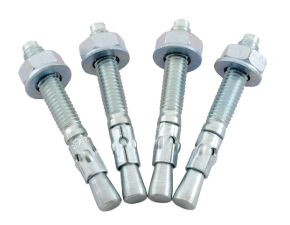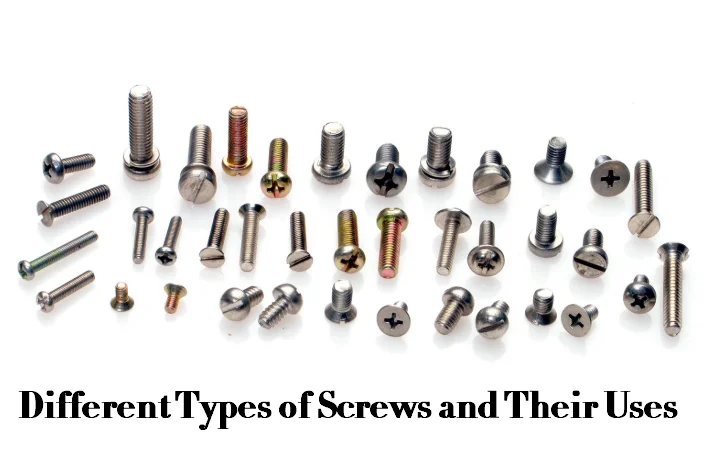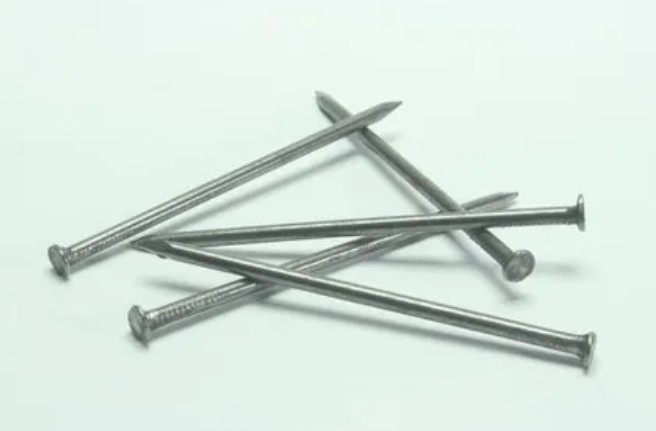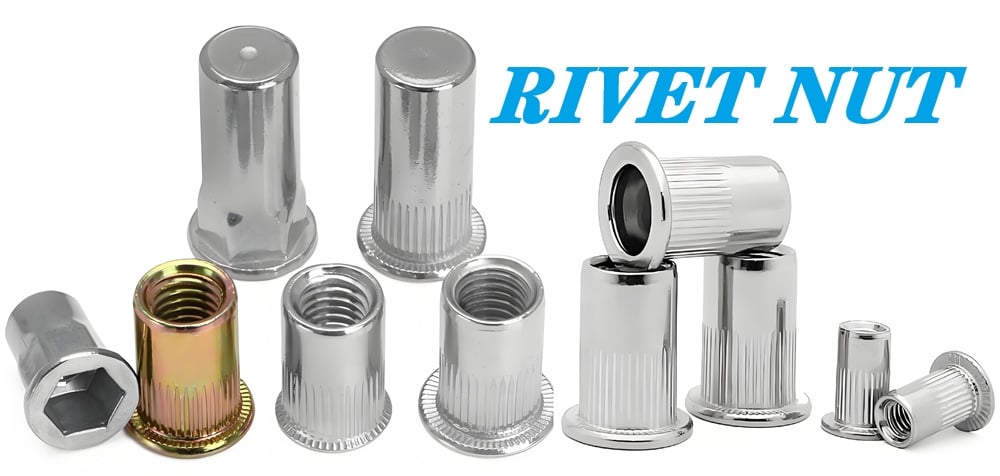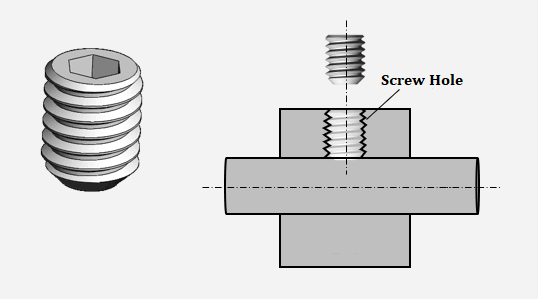The proper size of a pilot hole is necessary to confirm the drilling process, how do you know what size pilot hole to drill? In this article, we’ll focus on the pilot hole size chart for wood/lag screws and how to determine how big they should be.
Further Read: NPS Thread Dimensions Chart
What Is a Pilot Hole?
A pilot hole is a small hole that is drilled into a material like wood or metal before a larger hole or screw is inserted.
What is a pile hole used for? The main purpose of a pilot hole is to provide a starting point and guide for the screw or larger hole and ensure that it is inserted in the correct location and at the correct angle. When drilling into wood or other materials prone to splitting or cracking, the pilot reduces some of the stress and pressure caused by the larger drill bit or screw, reducing the risk of splitting or cracking. The pilot hole also makes positioning the larger hole or screw in the desired location more accurate. A pilot hole can also be used to create a countersunk hole for the head of a screw or bolt to sit flush with the surface.
How to Drill a Pilot Hole in Wood?
Drilling accurate pilot holes is essential for strong screws and joints in woodworking projects, let’s get into the easy steps of drilling pilot holes into wood materials.
1. Mark Hole Locations. Use a pencil to mark clearly where you need holes in the wood. This ensures accuracy when drilling.
2. Select Drill Bit. Choose the correct bit size for the screw or bolt diameter and wood type. Refer to pilot hole size charts.
3. Clamp Wood Firmly. Use a clamp or vise to secure the wood firmly on a steady, flat surface before drilling.
4. Insert Bit & Begin Drilling. Secure the bit in your drill, then place it against the pencil mark and start drilling slowly using moderate pressure.
5. Clear Shavings Regularly. Remove wood shavings from the hole as you drill to keep it clean and see clearly. Lift drill out periodically.
6. Drill Completely Through. Drill all the way through the wood, lifting the drill out once the bit breaks through to the other side.
7. Check Hole Size. Test fit screw/bolt through the hole. It should be a firm press fit without noticeable side-to-side play.
8. Drill Additional Holes. Repeat marking, clamping, drilling, and checking for all required holes in your project.
9. Sand if Needed. Lightly sand any rough edges left by the bit on the hole interior for a smooth finish.
How Big Should a Pilot Hole Be? – How to Determine Pilot Hole Sizes?
The pilot hole sizes will be affected by the material that is drilled, what size pilot hole for a 3/8 lag screw? Let’s talk about how to determine the pilot hole sizes for lag screws. For softwood, the pilot hole sizes can be 40% to 70% of the shank diameter for wood with G≤0.5; for hardwood, the pilot hole sizes can be 65% to 85% of the shank diameter for wood with G>0.6. G refers to a specific gravity here.
Another method to know the appropriate pilot hole size is to use the diameter of the screw’s shank minus the threads.
Pilot Hole Size Chart – What Size A Pilot Hole Should Be for Screws
These two pilot hole size chart shows common dimensions of the pilot holes for screws, for example, the pilot hole for #8 wood screw can be 5/64 or 3/32 generally. What size pilot hole for a 1/2″ lag screw? The range of 1/4 to 3/8 would be proper for wood.
1 – Pilot Hole Sizes for Wood Screws
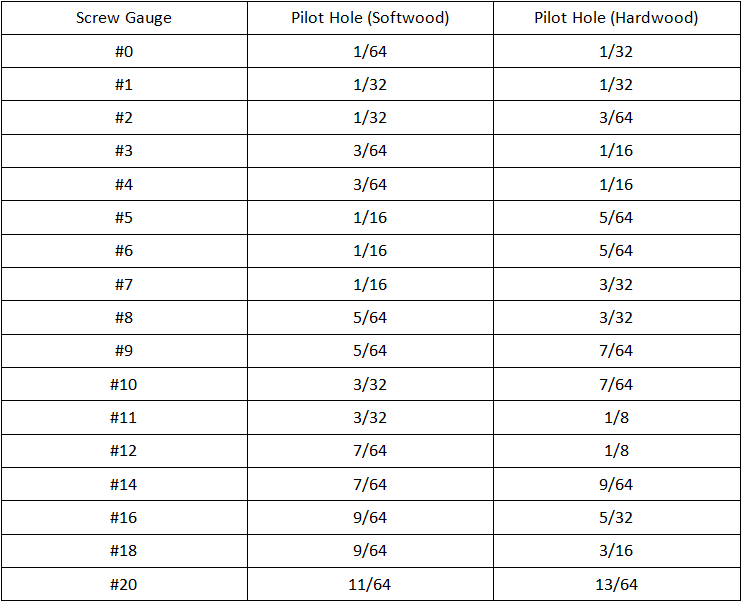
2 – Pilot Hole Sizes for Lag Screws




